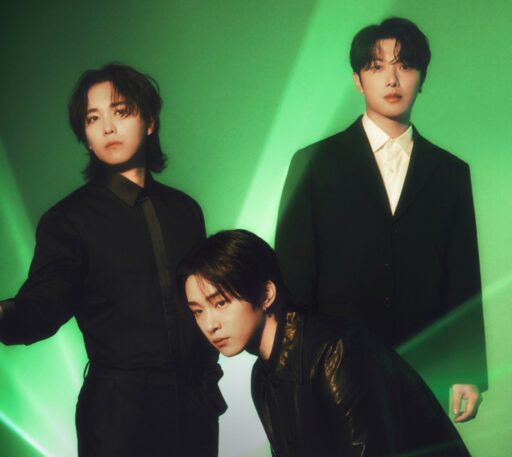The 'Lovebug' Appearing All Over the Capital Area: Its Role in the Ecosystem and Eco-friendly Response Measures
The appearance of the small insect known as the 'Lovebug' in the capital area is causing increased discomfort among citizens.
This small insect, characterized by its red chest and black wings, has recently experienced a surge in its population due to the effects of climate change. According to the city of Seoul, the number of complaints related to Lovebugs reached 9,296 last year, more than doubling from the previous year’s tally of 4,418.
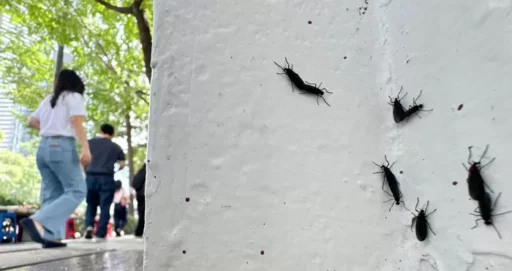
On the 27th, at the ceremony marking the opening of the Gimdan Extension of Incheon Subway Line 1 held at the Sin-Gimdan Central Station in Seo-gu, Incheon, citizens were observed trying to remove Lovebugs clinging to their bodies. The event tent was overwhelmed by numerous Lovebugs, causing discomfort.
Lovebugs are classified as 'beneficial insects' in the ecosystem.
While the general reaction is one of disgust, Lovebugs are categorized as 'beneficial insects' that play an important role in the ecosystem.
These insects do not transmit diseases and have positive functions that enrich the soil. They primarily feed on dew and flower nectar and do not bite humans. However, they tend to swarm in urban areas, particularly attracted by bright lights, and are classified as 'annoying insects' due to the mating behavior of males and females in flight during the summer.
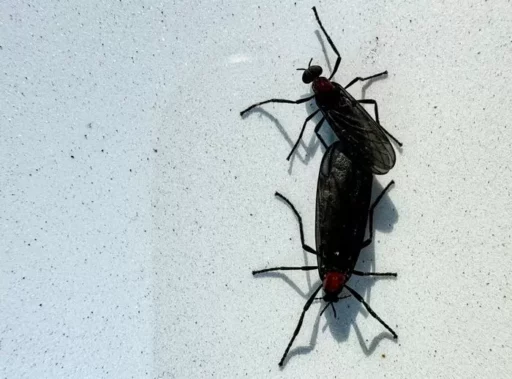
In South Korea, Lovebugs began to appear in large numbers around the capital area starting in 2022.
Initially concentrated in the northwestern regions of Seoul, such as Eunpyeong-gu, their presence has now spread throughout the city. Lovebugs typically experience a population surge in early summer, particularly in June and early July. Male adults live for about 3 to 4 days, while females survive for about a week, laying approximately 200 to 300 eggs at a time, although their survival rate is not high.
Experts predict that the population will sharply decline about two weeks after they emerge en masse, expecting a significant reduction by mid-July. Environmental organizations report that the period during which Lovebugs cause practical inconveniences to humans lasts only about a week.
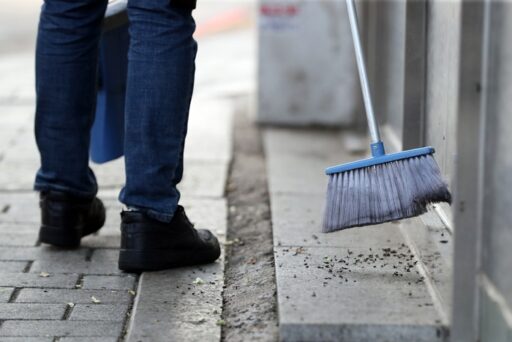
Focus on Eco-friendly Pest Control Methods
Indiscriminate use of pesticides can have detrimental effects on the entire ecosystem, prompting local governments to seek eco-friendly alternatives rather than relying on chemical pest control.
The city of Seoul has enacted the 'Seoul Metropolitan City Major Pest Management and Control Support Ordinance' and is collaborating with the National Biological Resources Institute to develop eco-friendly management strategies.
Currently, they are piloting an eco-friendly light trap utilizing LED bulbs, and are also conducting a fragrance collection project taking advantage of the Lovebug’s attraction to floral scents.
There are also ways individuals can respond personally at home or outdoors.
Preventive measures suggested by Seoul include minimizing the brightness of outdoor lighting at night, checking for window screens, wearing dark-colored clothing when going out, regularly washing vehicles to prevent rust, and installing sticky traps.
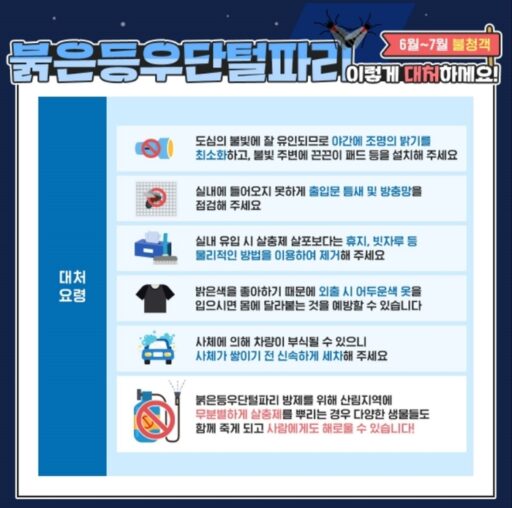
For individuals who find Lovebugs on walls or windows, it is advisable to remove them using tissue or a broom instead of pesticides, or by spraying water. Since Lovebugs prefer red colors, wearing dark clothing during prolonged outdoor activities can be effective.
A representative from the city of Seoul stated, “Lovebugs cannot fly for long, have weak wings, and dislike water,” and advised that “Lovebugs stuck to glass windows or cars can be removed by spraying water.”
Image Source: Lovebug / News1, also known as 'Lovebug' / News1, News1, provided by Anyang City

